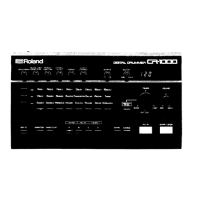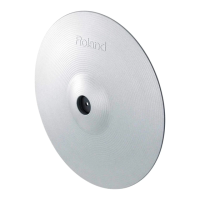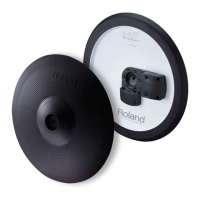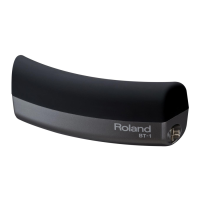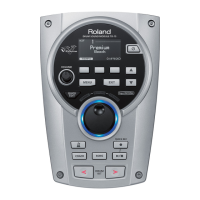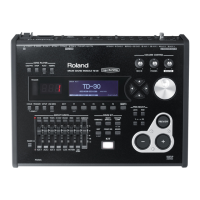u^tmu iviMUi
1. About MIDI
MtDi stands for Musical
Instrument Digital
Interface
whicti
is an international
digital commu-
nications
standard.
Through MIDI, music performance
data can be transmitted
and received
by MIDI instruments
of different manufacturers. With MIDI, events
such as
playing on
a
l^ey-
board or depressing
a
pedal
are handled
as
MIDI
message.
(1)
MIDI Message
Communication
The following explains how
MIDI messages are transmitted
and received.
Q MIDI Connectors
To transfer MIDI messages
between MIDI devices,
the following
three connectors
are
used.
MID!
~
THRU OUT
u MIDI Channels
MIDI IN : This connector
receives MID!
message from
another MIDI device.
MIDI OUT
: This
connector transmits
MIDI
message
to
another
MIDi device.
MIDI THRU
:
This connector transmits an exact
copy of the MIDI
message
received
at
the
MIDI IN connector.
*
Using MIDI THRU connectors, several MIDI devices couid
be connected to one another
The
practical limit, however, is 4 or
5
devices. This limitation
is
due
to the
signal
deterioration that
occurs
vJhen data is re-trar^smitted repeatedly.
*
The
CR-80
features MIDI IN and
MIDI
OUT connectors.
MIDI allows
you to
transmit different
messages to different devices, using only one cable.
This is
because
MIDI
uses
16 different
channels,
and
different
messages can be sent
via
each channel. In
a
sense, the concept
of
MIDI
channels is similar
to
that of
TV
broadcasting,
You
can
select the
program you
wish
to
watch from
various channels. This
is because
the
corresponding channel
message is received when the channel
numbers of the transmitter
(TV station) and receiver (you) are
the same.
Broadcasllng
Station A
^
Broadcasting
Station B
Broadcasting
Station C
.VX'
X^
32

